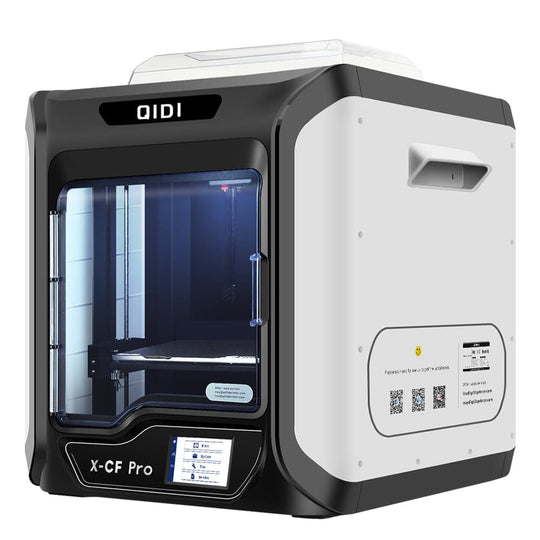When it comes to additive manufacturing, Fused Deposition Modeling (FDM) 3D printers have become increasingly popular in the manufacturing industry. These printers offer a range of advantages and limitations that are important to consider when evaluating their use in manufacturing processes.

Advantages of FDM 3D Printers
One of the key advantages of FDM 3D printers is their cost-effectiveness. These printers are relatively affordable compared to other types of 3D printing technologies, making them accessible to a wide range of manufacturers, including small and medium-sized enterprises. Additionally, FDM printers are capable of producing large, durable parts, making them suitable for a variety of manufacturing applications, from prototyping to end-use part production.
Another advantage of FDM 3D printers is their material versatility. These printers can utilize a wide range of thermoplastic materials, including ABS, PLA, PETG, and more. This versatility allows manufacturers to choose the most suitable material for their specific application, whether it requires high strength, heat resistance, or flexibility.
Limitations of FDM 3D Printers
While FDM 3D printers offer many advantages, they also have limitations that need to be taken into account. One of the main limitations is the surface finish of FDM-printed parts. Due to the layer-by-layer deposition of material, FDM parts often exhibit visible layer lines, which may require post-processing to achieve a smooth surface finish. This can add time and cost to the manufacturing process.
Another limitation of FDM 3D printers is their limited resolution compared to other 3D printing technologies such as SLA or SLS. This means that FDM-printed parts may not be suitable for applications that require very fine details or intricate features. Manufacturers need to carefully consider the resolution requirements of their parts before choosing FDM as the manufacturing method.
Applications of FDM 3D Printers in Manufacturing
Despite their limitations, FDM 3D printers have found a wide range of applications in the manufacturing industry. For example, they are commonly used for producing functional prototypes, jigs, fixtures, and tooling. The ability to quickly iterate and produce custom tools and fixtures on-demand has made FDM printing a valuable asset in many manufacturing facilities.
Additionally, FDM 3D printers are increasingly being used for low-volume production of end-use parts, especially in industries such as aerospace, automotive, and consumer goods. The cost-effectiveness and material versatility of FDM printing make it a viable option for producing custom or low-volume parts without the need for expensive tooling or molds.
Future Developments in FDM 3D Printing
As technology continues to advance, the limitations of FDM 3D printers are being addressed through innovations in materials and hardware. For example, the development of high-performance thermoplastics and improved printer hardware is enabling FDM printers to produce parts with better surface finish and higher resolution. These advancements are expanding the potential applications of FDM printing in manufacturing.
Furthermore, the integration of FDM 3D printers with digital manufacturing technologies such as IoT and AI is streamlining the production process and enabling more efficient use of these printers in manufacturing facilities. This integration is paving the way for a more connected and automated manufacturing environment, where FDM printers play a crucial role in agile and on-demand production.
In conclusion, FDM 3D printers offer a range of advantages and limitations that are important for manufacturers to consider when evaluating their use in manufacturing processes. While they may not be suitable for every application, the cost-effectiveness, material versatility, and evolving capabilities of FDM printing make it a valuable tool in the modern manufacturing landscape.







